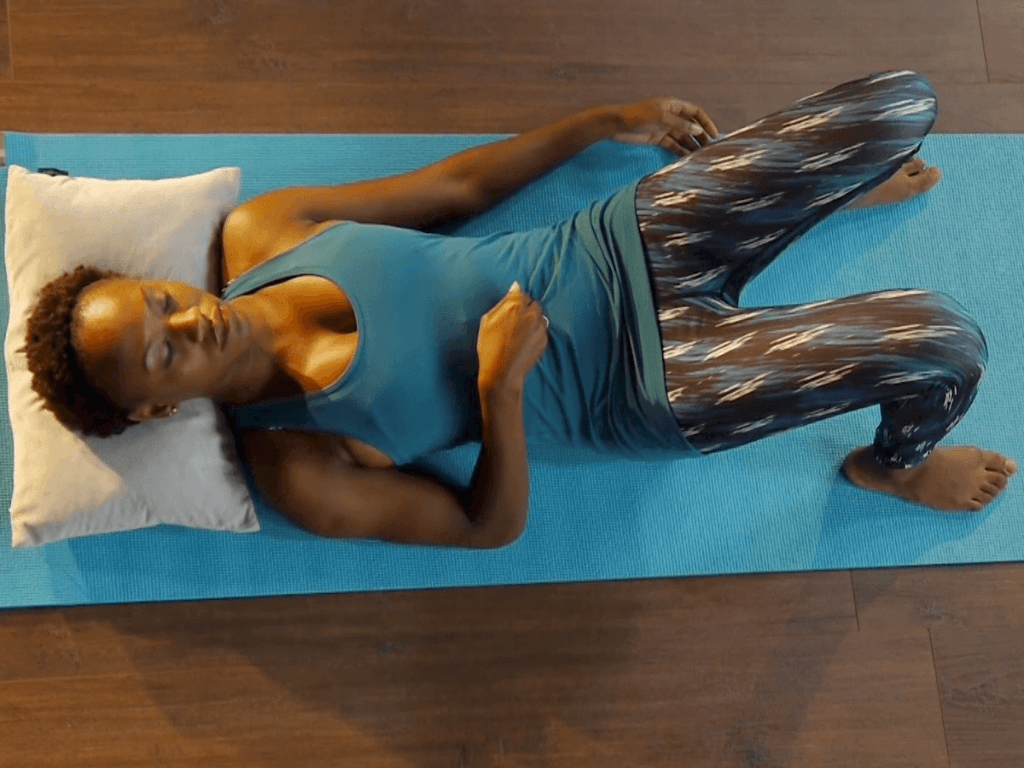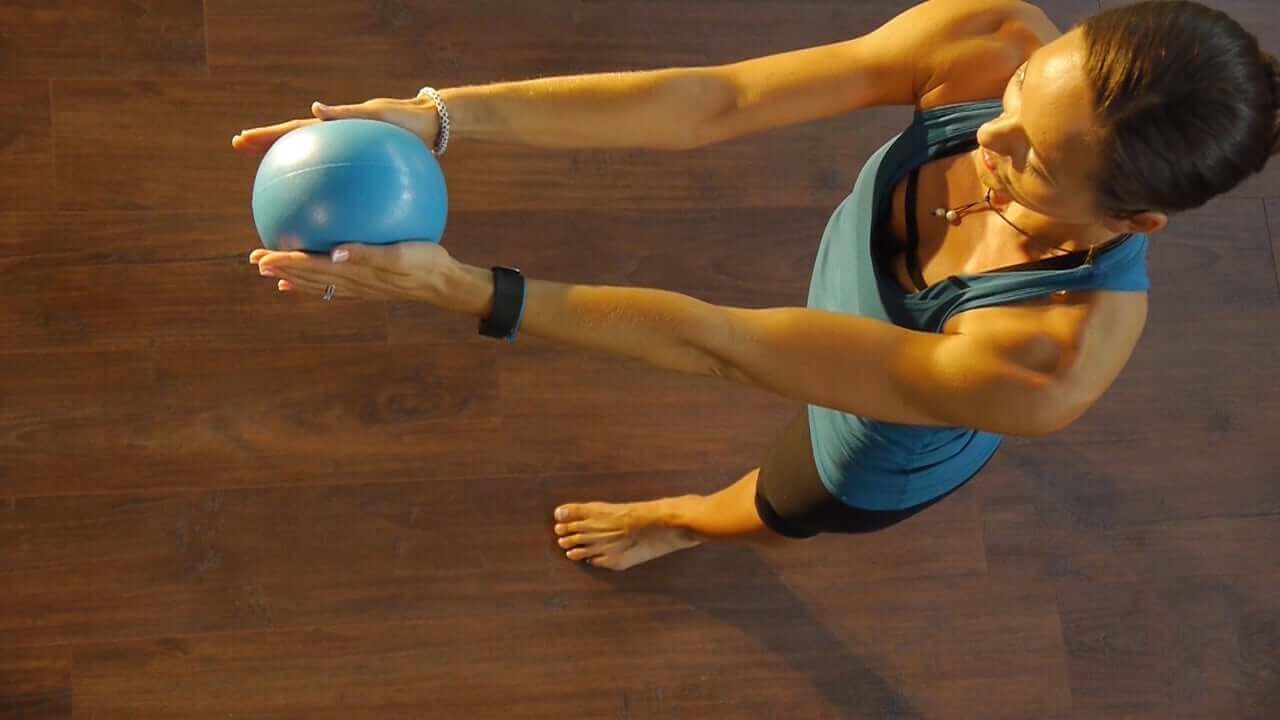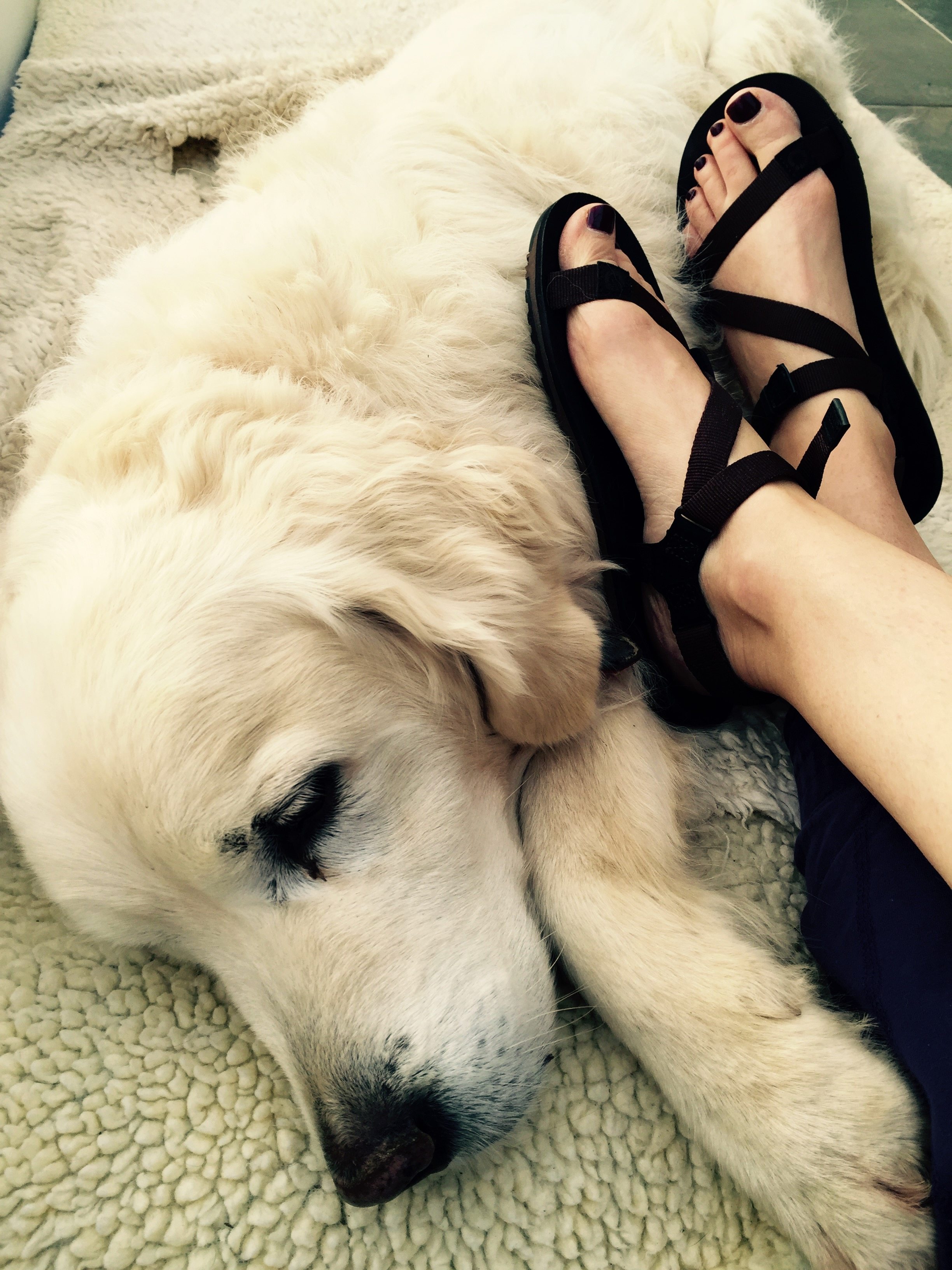Good ‘alignment’ means how your body is stacked together. It’s how your bones and muscles are positioned to hold and move you. Your posture or alignment and diastasis recti (abdominal separation) are connected. Daily walking is an important element of the MUTU program. The way you stand, move and squat are important to core and pelvic floor muscle weakness. So how does it work? What’s body alignment got to do with diastasis recti?

Understanding the root cause of diastasis recti
Diastasis recti is a symptom, a sign, of a core that is not functioning entirely as it should. There are a great many factors (some habitual, some historical and some entirely out of your control) that affect the likelihood of your developing a diastasis. Affecting severity (how wide, how deep) and how easily it will heal by itself. But the gap is not the problem in and of itself. The gap is merely a sign of what’s happening underneath. And understanding the root cause offers us more informed strategies to help it improve.
Alignment and diastasis recti – the connection
Understanding intra abdominal pressure
There is pressure inside your abdomen and pelvis called ‘intra abdominal pressure’. It is natural, functional and desirable, and it is your core’s job to contain it, stabalizing your core and your whole body. If there are ‘kinks’ in the system, just like kinks in your garden hose, they cause the pressure to build up. This compromises smooth flow within the pipe, or the ability of your body to bear itself or any further load.
Obviously your body adapts and moves all the time, there isn’t one static ‘ideal position’. But if the kinks are there the whole time (butt tucked under / stomach sucked in / ribs thrust out)… then we have a pressure problem, Ma’am.

Un-contained pressure causes instability and weakness of the core. A ‘pooch’ stomach AKA ‘mummy tummy’. So this is why body alignment and diastasis recti are connected, as well as pelvic floor disorder and other pressure conditions like hernia or pelvic organ prolapse.
How to adjust body alignment to heal a diastasis
- A vital part of the process of restoring our core to full natural function is through progression of focussed exercises that reconnect the muscle/brain pathways. We need to ‘find’ the right muscles first, to re-connect with them physiologically as well as psychologically.
- But these isolated exercises are not the whole story. Because without adjusting body alignment, we’re not addressing the pressure (remember those kinks?) that’s causing the problem. We need to address how we stand and move the whole time, as well as to increase our movement by walking daily in correct body alignment.
- We need specific daily stretching and releasing to restore our tight hamstrings, calves (and the rest) to full length. Then we’re allowing our body to attain that correct alignment. Your body can’t be optimally aligned, if your muscles are too tight to allow the skeleton to get where it needs to be.
- Isolating our core muscles is merely the beginning. The purpose of this initial focus is to be able to progress to full body movement and exercise in correct alignment and with a fully functioning core. But jump right to working out without building the foundations first… and you won’t get the results you want.
- And if you don’t fuel your body with nourishing foods to heal and regenerate, then you’re asking way too much of a few ab exercises to do the job for you too.

Your gap is a sign that something inside is not quite optimal
It’s not ‘The Gap’ that’s the problem. The gap is the sign that something inside isn’t quite optimal. You may have a small remaining diastasis gap that isn’t a problem. If your ribcage, trunk and pelvis are bio-mechanically ‘stacked’ right, and your core muscle system engages and relaxes as you need it. Then the gap doesn’t matter, at least functionally.
If it’s not – if your ribs are way out in front of your pelvis, or your butt is all flat and tucked under… then your diastasis won’t improve because the midline of your abdomen is on a kink. Alignment and diastasis recti are working together. And a kink in your abdominal midline (not to mention a flat butt or a too-tight pelvic floor) is a Friend to No Woman.
How to check your body alignment
How do you know if you’re aligned? Check out this video on how to check your alignment

Engaging our core the whole time makes it weaker – not stronger
You can’t achieve core strength or good core function if everything is ‘switched on’ the whole time. You don’t need to ‘engage your core‘ all the time.
Muscles need to be able to work through their full range of motion. They need to fully relax and function at full length, as well as to contract naturally according to what they are being asked to do.
If something is already pulled as tight as it can go, but then it needs to contract to withstand sudden increased pressure – there’s nowhere to go, right?
That’s why a hypertonic pelvic floor (too tight) leaks, and it’s why a permanently sucked-in tummy pooches and sags when you stop sucking in long enough to take a breath. 🙁
Your core muscle system is designed to switch on when needed. So when you lift, push, pull or perform any moment (whether in a workout or in life) that increases intra-abdominal pressure. That’s when your Transverse Abdominis muscle should kick in when your core muscles engage.
As discussed above, when this system isn’t working (as it isn’t for many Moms) we have to focus and re-train it very consciously as first. But the aim, the goal, is a core that turns itself on when needed and relaxes when not.

Re-align and condition your core to function like it’s supposed to
So the solution to diastasis recti is actually not a cure for ‘the gap’ in isolation at all. It’s a whole-body approach to alignment and diastasis recti that re-aligns and conditions your core to function like it’s supposed to. When your core and pelvic floor are able to work from the right place, you can train the muscles to do their job. Then the gap will narrow and the tension of the abdominal midline connective tissue will gain strength and stability.
You’ll find that a whole lot more than the gap down your middle improves in the process.












